The welcome mat is officially wearing thin.

There’s a quiet but unmistakable shift happening in some of the world’s most beautiful places. The economic lifeline of tourism has, for many locals, become a suffocating rope that chokes out the very culture travelers come to see. The warm welcome has been replaced by a weary sigh.
This isn’t just a feeling. Residents are reclaiming their cities through protests, new rules, and taxes, sending a clear message that the party is winding down for visitors.
1. Venice is now charging an entry fee just to visit
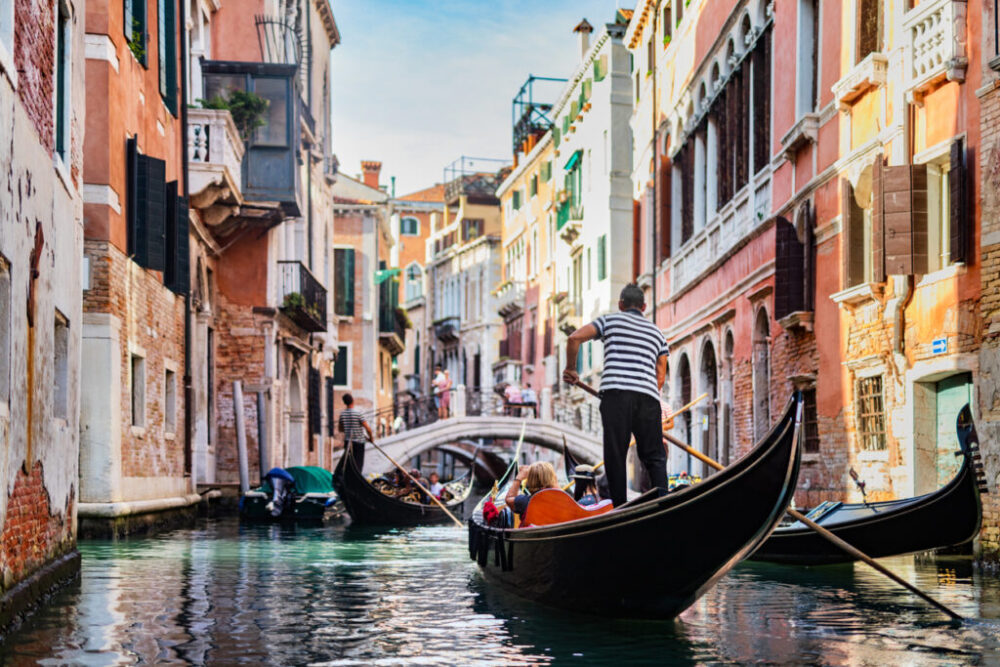
The city of canals has finally taken a drastic step to manage the suffocating crowds that clog its narrow streets and bridges. Venice has implemented an entry fee for day-trippers on its busiest days, a clear signal that tourists are a problem to be managed, not just a resource to be welcomed. This isn’t about raising revenue; it’s a desperate attempt to discourage some of the 20 million tourists who descend on the fragile city each year, turning it into an overcrowded theme park.
For Venetians, the constant flood of people has made normal life nearly impossible, pushing out local residents and essential businesses in favor of souvenir shops and snack bars. The fee is a tangible barrier, a financial line in the sand drawn by a community fighting to survive. It tells visitors that their presence has a direct cost, and the city is no longer willing to bear it alone.
2. Amsterdam no longer wants your party weekend

Amsterdam is actively trying to break up with a certain type of tourist. The city has launched blunt “Stay Away” campaigns aimed at young men looking for a debaucherous weekend of partying, a core part of its tourism market for decades. New local rules now ban smoking cannabis on the streets of the city center and have forced bars in the Red Light District to close earlier. It’s a deliberate effort to shed its reputation as a free-for-all party capital.
The measures are a direct response to the pleas of residents who have grown tired of their historic neighborhoods being treated as a playground. The noise, trash, and disrespectful behavior have made life unbearable for many. Amsterdam isn’t closing its doors, but it is making a very clear choice to prioritize the quality of life for its citizens over the quantity of visitors it attracts.
3. Barcelona is waging war on tourist apartments

In a move that sent shockwaves through the travel industry, Barcelona has announced it will ban all short-term rentals for tourists by 2028. The city plans to eliminate more than 10,000 apartment listings from platforms like Airbnb, reclaiming them for resident housing. This isn’t a subtle regulation; it’s a radical and direct assault on a model of tourism that locals say has destroyed their neighborhoods and driven the cost of living to unattainable heights for the average citizen.
For years, anti-tourism sentiment has been visible in graffiti on the city’s walls, and this new policy is the culmination of that frustration. Officials argue that the housing crisis is their biggest challenge, and that the endless demand from tourists has priced an entire generation of Barcelonans out of their own city. The decision is a powerful statement that a resident’s right to a home outweighs a tourist’s desire for a cheap vacation rental.
4. The Canary Islands are begging visitors to stop coming
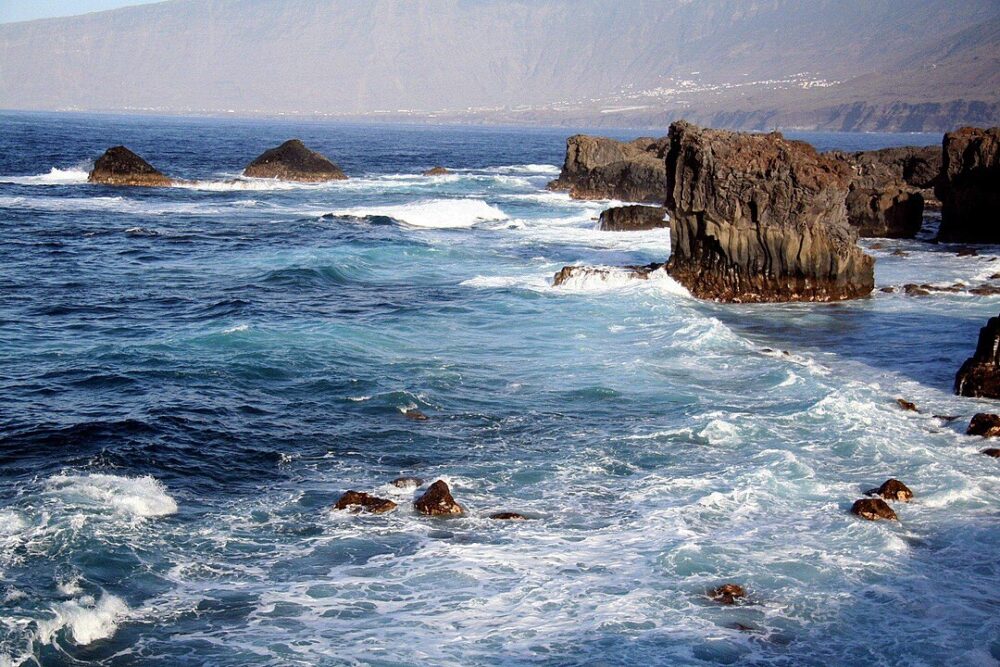
The beautiful Spanish archipelago, a longtime haven for sun-seeking Europeans, is experiencing a massive resident-led backlash against overtourism. Tens of thousands of locals have taken to the streets in protest, united under the slogan “The Canaries have a limit.” They are not protesting against tourists themselves, but against an unsustainable economic model that has led to environmental degradation, severe water shortages, and a crushing housing crisis on the islands.
The anger is directed at the ceaseless construction of new luxury hotels and golf courses while local infrastructure crumbles and residents are forced to live in cars or shantytowns. The protests are a desperate plea for a moratorium on tourism development and a shift toward a model that benefits the people who live there. They want to protect their natural paradise, not sell it off piece by piece.
5. Kyoto has banned tourists from its famous geisha district
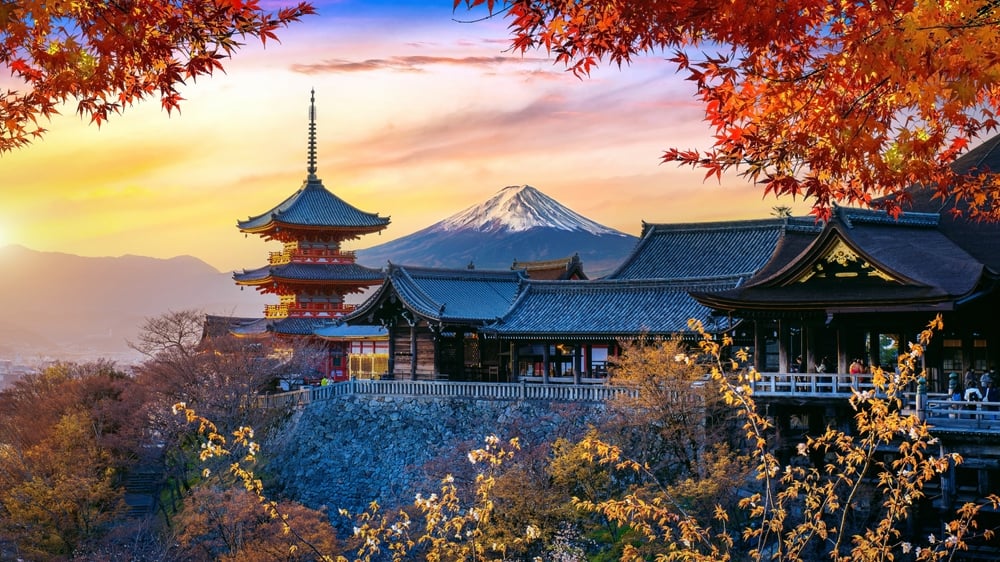
The ancient Japanese capital, celebrated for its serene temples and traditional culture, has been forced to seal off parts of its iconic Gion district. Tourists are now forbidden from entering the historic private alleyways where geishas and their maiko apprentices live and work. The ban is a direct result of appalling tourist behavior, including visitors who would chase, harass, touch, and take photos of the women without permission, treating them like zoo animals.
This drastic measure reflects a city at its breaking point. The overwhelming crowds in Kyoto have strained public transportation and transformed once-peaceful cultural sites into chaotic mobs. The Gion ban is a symbol of a community trying to protect a fragile, living tradition from being destroyed by the very people who claim to admire it. It’s a sad but necessary step to preserve the dignity of its residents.
6. Hallstatt, Austria has physically blocked the perfect selfie spot
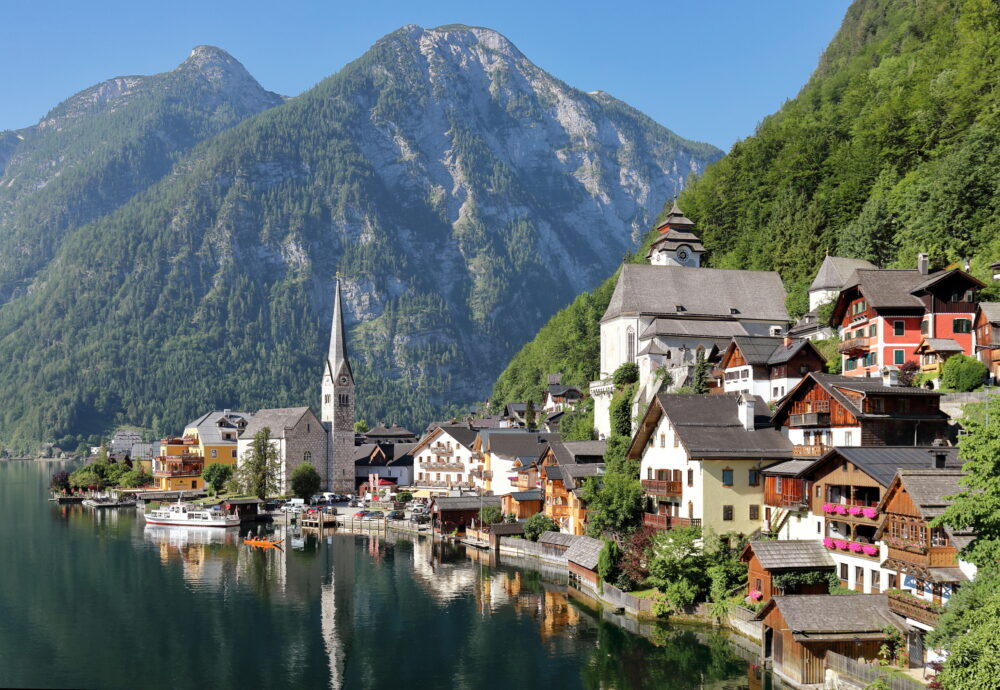
This tiny, fairytale Austrian village, rumored to be the inspiration for Disney’s “Frozen,” has been loved to death. With a population of under 800 people, Hallstatt was seeing up to 10,000 visitors per day, a human tidal wave that completely overwhelmed the small community. The issue became so extreme that the mayor took a desperate step: he erected a wooden fence to block the most famous, picture-perfect selfie spot overlooking the lake and village. It was a physical barrier meant to send a very unsubtle message.
While the fence was later removed after a social media backlash, the sentiment remains. The mayor has been vocal in his pleas for people to stop coming, explaining that the village wants to be a living community, not just a backdrop for an Instagram post. The incident highlighted the deep frustration of residents who feel their home has been stolen from them, one selfie at a time. They are exploring permanent measures to drastically cut visitor numbers.
7. Hawaii is asking tourists to stop acting like they own the place
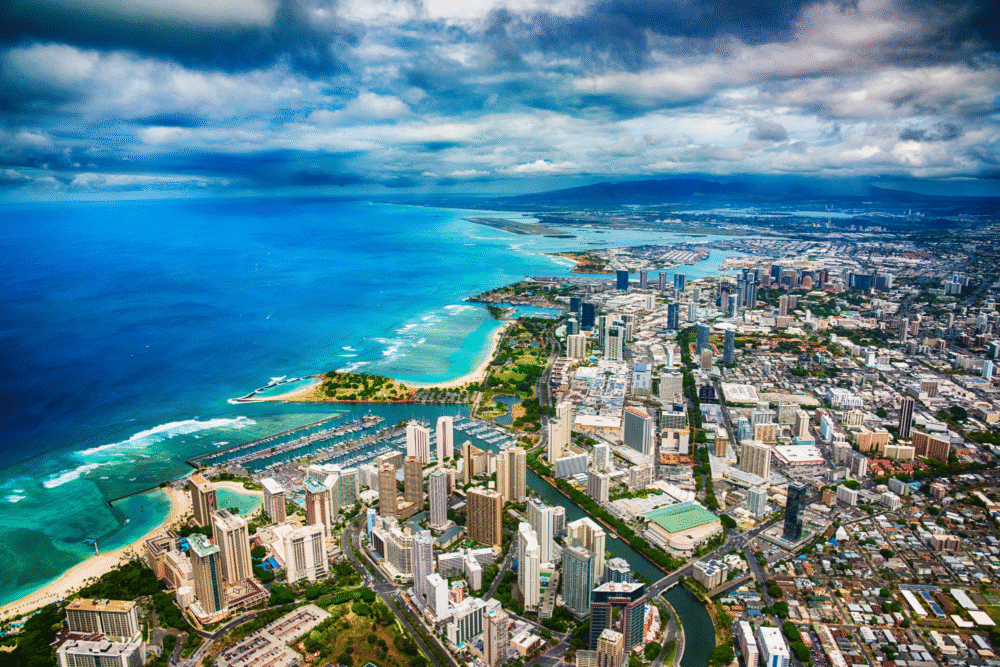
Across the Hawaiian Islands, a powerful movement led by Native Hawaiians and longtime residents is pushing back against the tourism industry’s massive footprint. The concept of “mālama ʻāina,” or caring for the land, is being asserted more forcefully than ever. This comes after decades of seeing sacred sites desecrated, natural resources like fresh water depleted for resorts, and a housing market that has priced locals out of their own homeland. The aloha spirit is still there, but it no longer includes unconditional welcome.
The shift is evident in new policies, such as requiring reservations and charging non-residents higher fees to access popular state parks and natural attractions. After the devastating Maui wildfires, local and state leaders pleaded with tourists to stay away, prioritizing the community’s need for space and resources to grieve and recover. The message is clear: Hawaii is a home, not just a playground, and visitors are now expected to act like respectful guests or not come at all.
